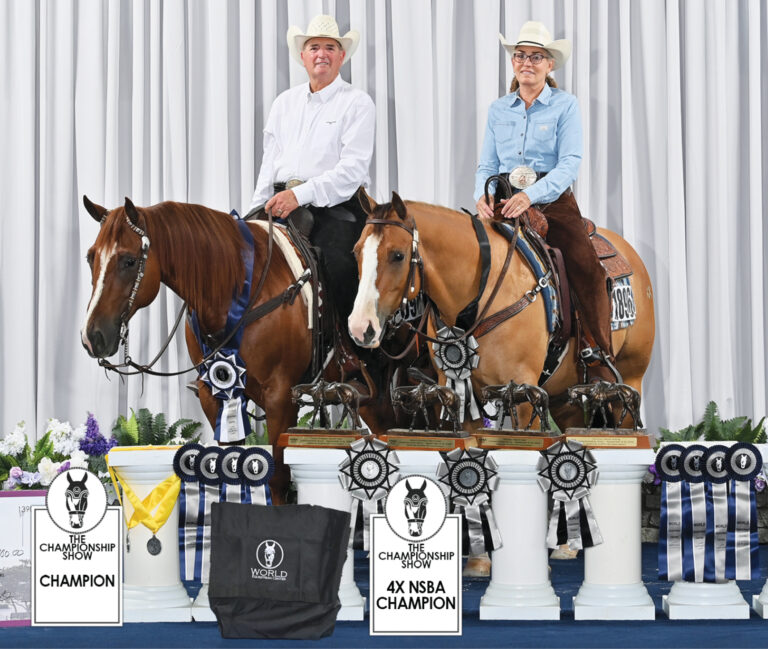Grazing management is a fundamental aspect of keeping horses, especially when it involves pasture maintenance. Faced with the challenges of overgrazing, uneven forage distribution, and parasite proliferation, horse owners can significantly benefit from an approach known as rotational grazing. Whether managing small acreage with a couple of equine companions or overseeing sprawling fields with a large herd, this method proffers numerous advantages to the health of both your horses and their grazing grounds.

What is Rotational Grazing?
Rotational grazing is essentially a system where a larger pasture is divided into smaller pastures. Horses moved from one pasture to another routinely. This planned movement allows overgrazed areas the time to recover. Which reduces the burden on the land while simultaneously providing optimal forage to the horses in the pasture. It also helps minimize parasite infestations and promotes a more even spread of manure across the land, benefiting soil health. The primary objective of rotational grazing is to mimic the natural behavior of horses in herds who move about, foraging and resting in different areas.
Benefits
- Prevents Overgrazing: Rotational grazing allows you to divide the pasture into smaller sections or paddocks that can be grazed one at a time. This prevents horses from overgrazing one area, giving grass in other sections a chance to recover and regrow.
- Promotes Even Grazing: Rotational grazing encourages horses to graze evenly across the pasture. This helps prevent patches of grass from being overgrazed while others remain untouched, leading to a more uniform distribution of forage.
- Maximizes Pasture Health: By rotating horses through different sections of the pasture, you can prevent stress on the grass and soil. This can help maintain the health of the pasture vegetation and soil structure, promoting better growth and sustainability.
- Reduces Parasite Exposure: Rotating pastures can help break the parasite life cycle by allowing pastures to rest between grazing periods. This can reduce the risk of parasite infestations in horses and minimize the need for chemical dewormers.
- Improves Nutrient Distribution: Rotational grazing can lead to more even nutrient distribution in the pasture. By allowing areas to rest and recover, nutrients have a chance to cycle back into the soil naturally, promoting healthy grass growth.
Small Acreage Rotational Grazing
Rotational grazing can still be effectively practiced on a small acreage by implementing the following strategies:
- Divide the Pasture: Even on a small acreage, you can divide the pasture into smaller sections or paddocks using temporary fencing or electric fencing. This allows you to rotate horses between these sections to prevent overgrazing.
- Adjust Grazing Intervals: With limited space, you may need to adjust the frequency and duration of grazing in each pasture. Monitor grass growth and rotate horses accordingly to ensure they have enough forage without damaging the pasture.
- Rest Periods: Even on a small acreage, it’s essential to give each section of the pasture adequate rest periods between grazing. Resting allows the grass to regrow, improving overall pasture health.
- Supplemental Feeding: If your pasture size is limited, consider supplementing grazing with hay or feed to ensure horses receive adequate nutrition. This can help reduce the pressure on the pasture and extend the grazing rotation.
- Manure Management: In a small acreage setting, efficient manure management becomes crucial to prevent parasite buildup. Regularly remove manure from paddocks to reduce parasite exposure and maintain pasture health.
- Monitor Grazing Patterns: Pay close attention to how horses graze in each paddock and adjust your rotation strategy accordingly. Observing grazing behavior can help optimize the rotation schedule and prevent overgrazing in specific areas.






